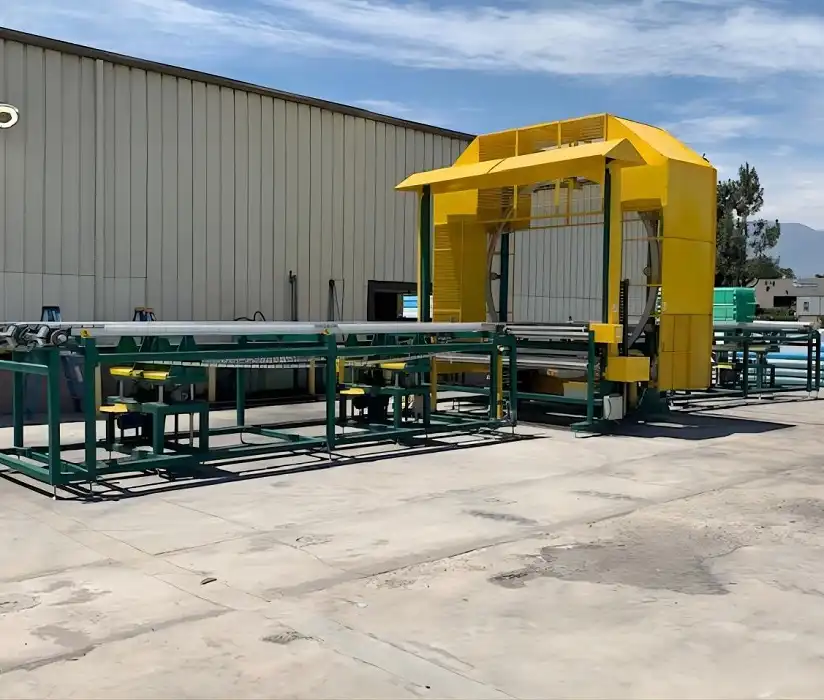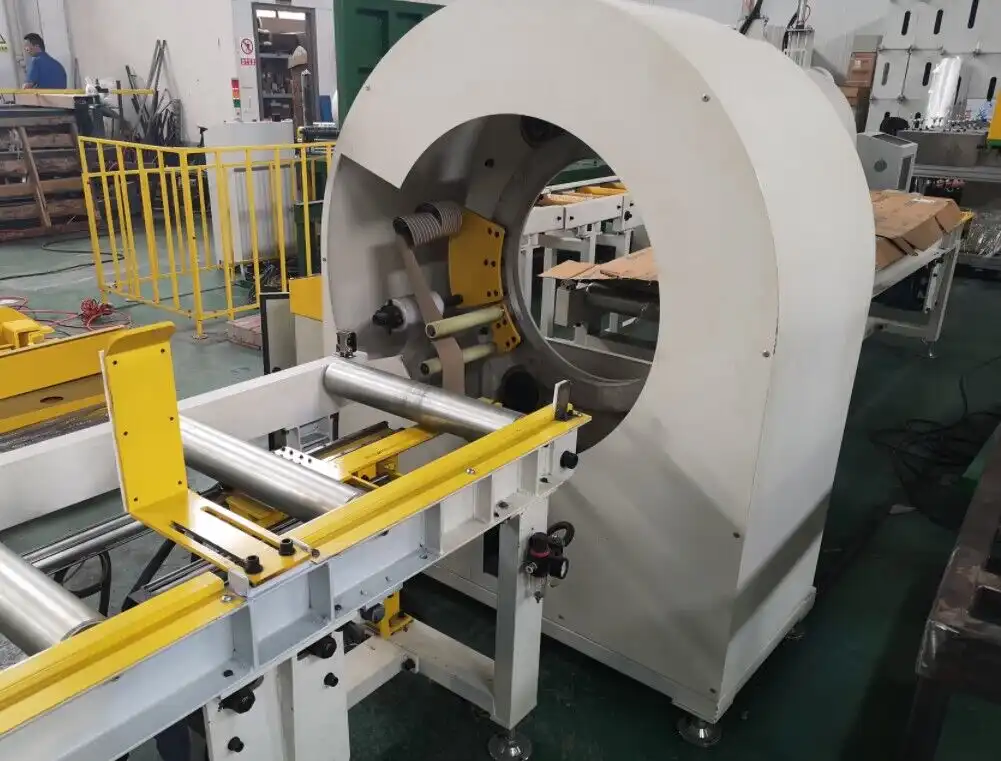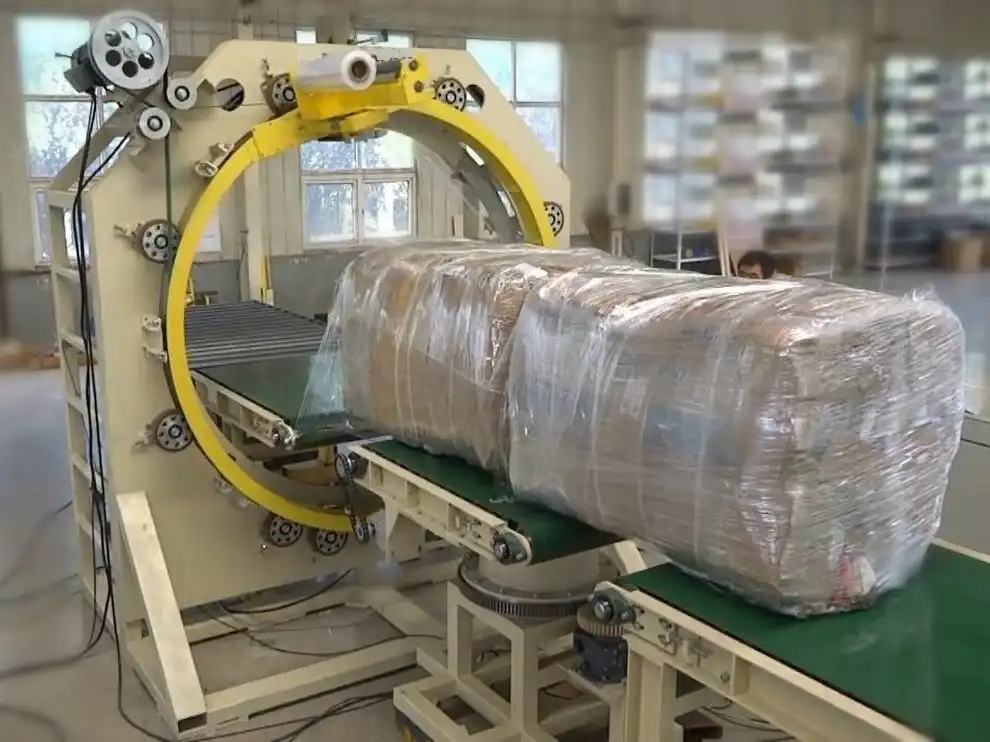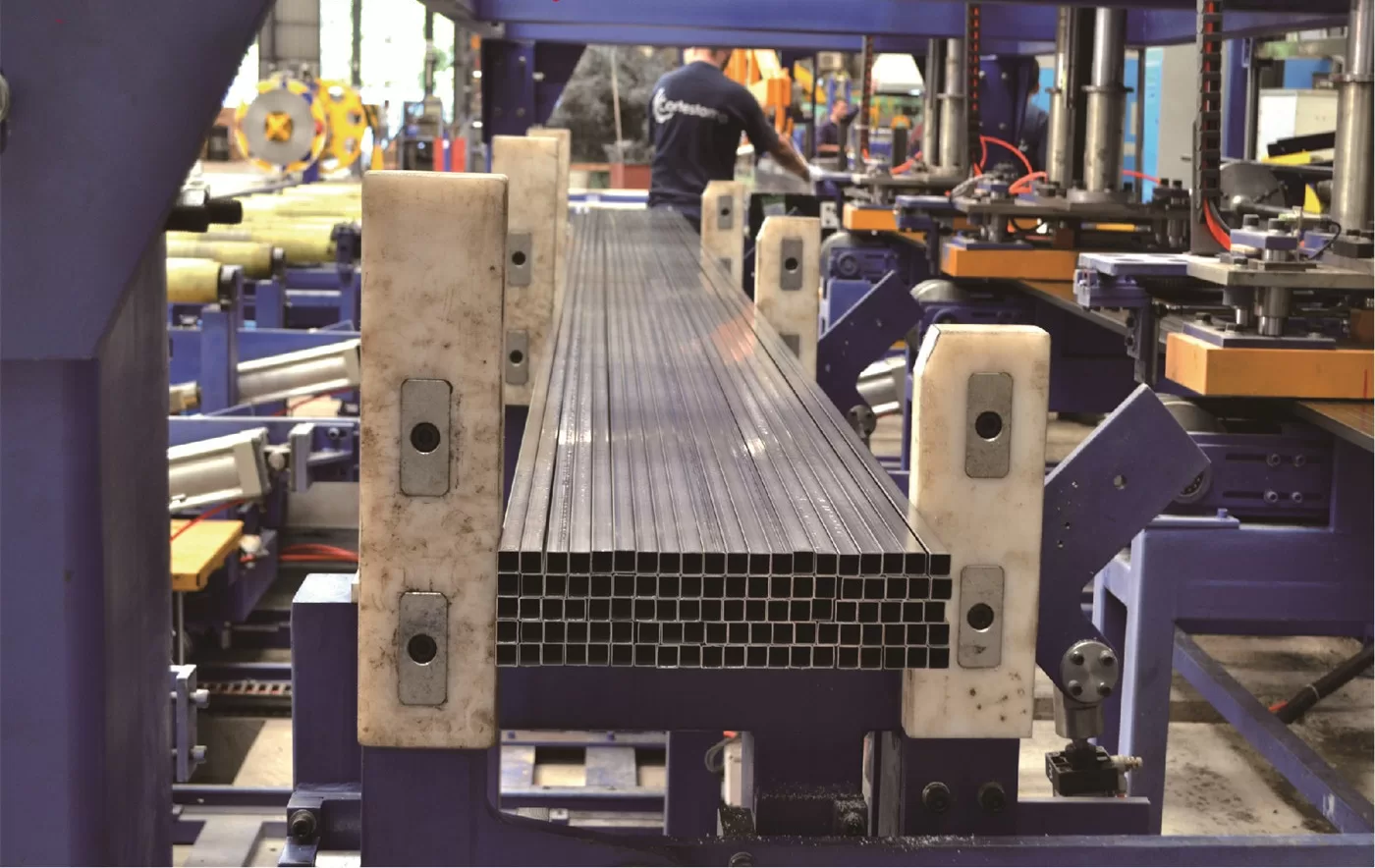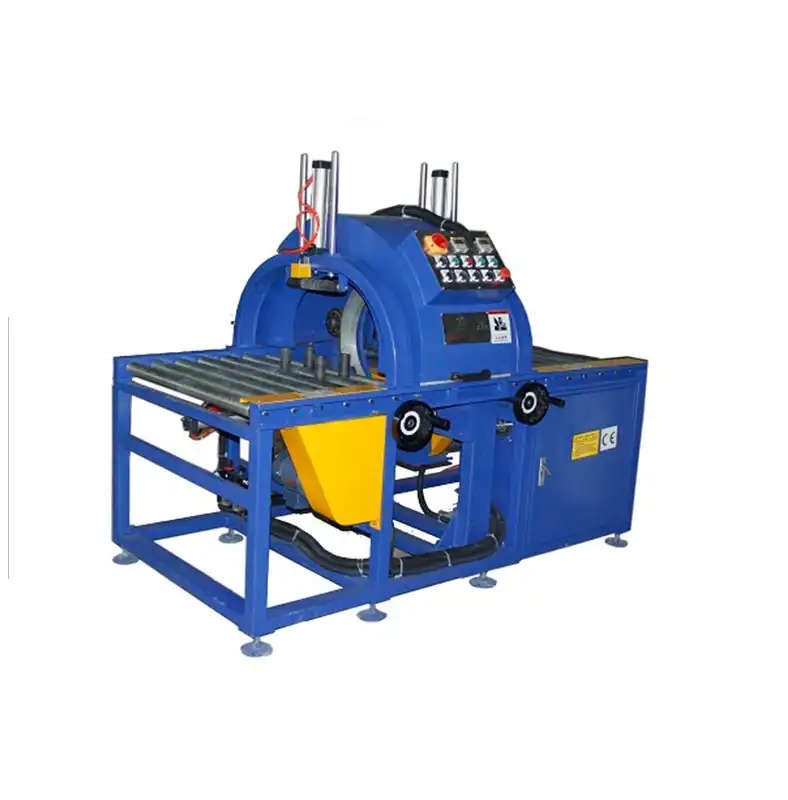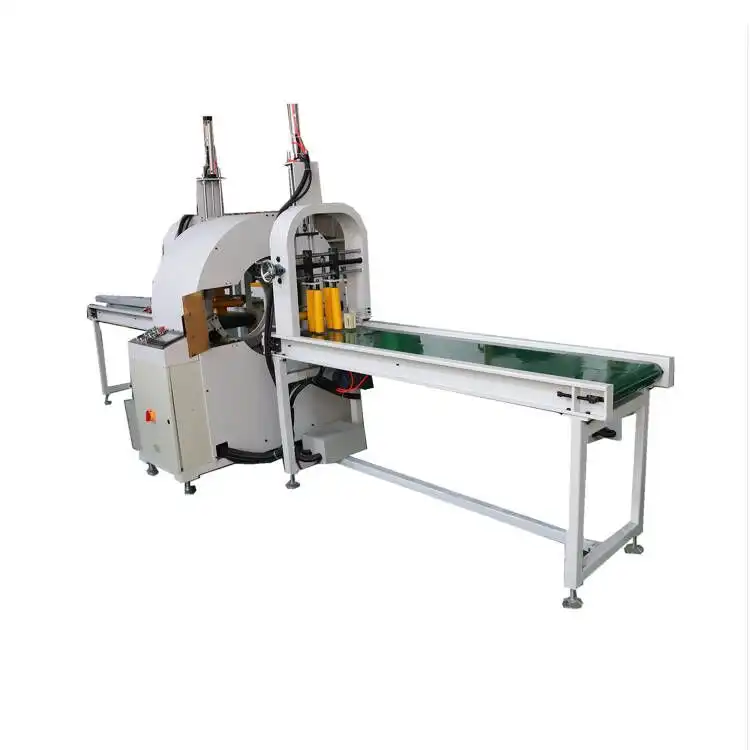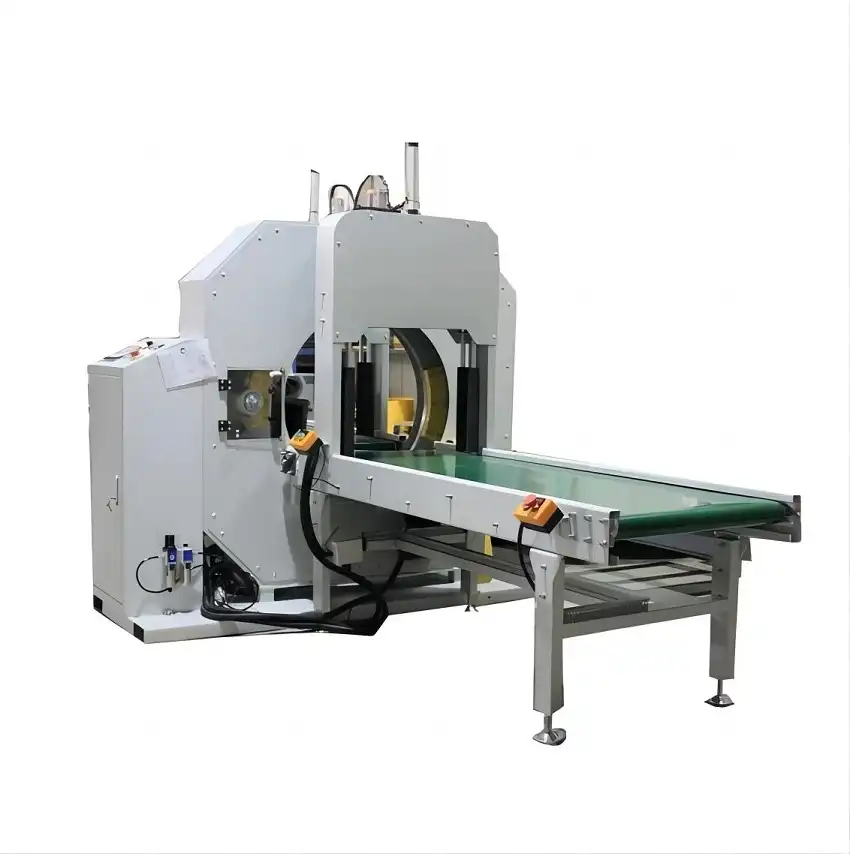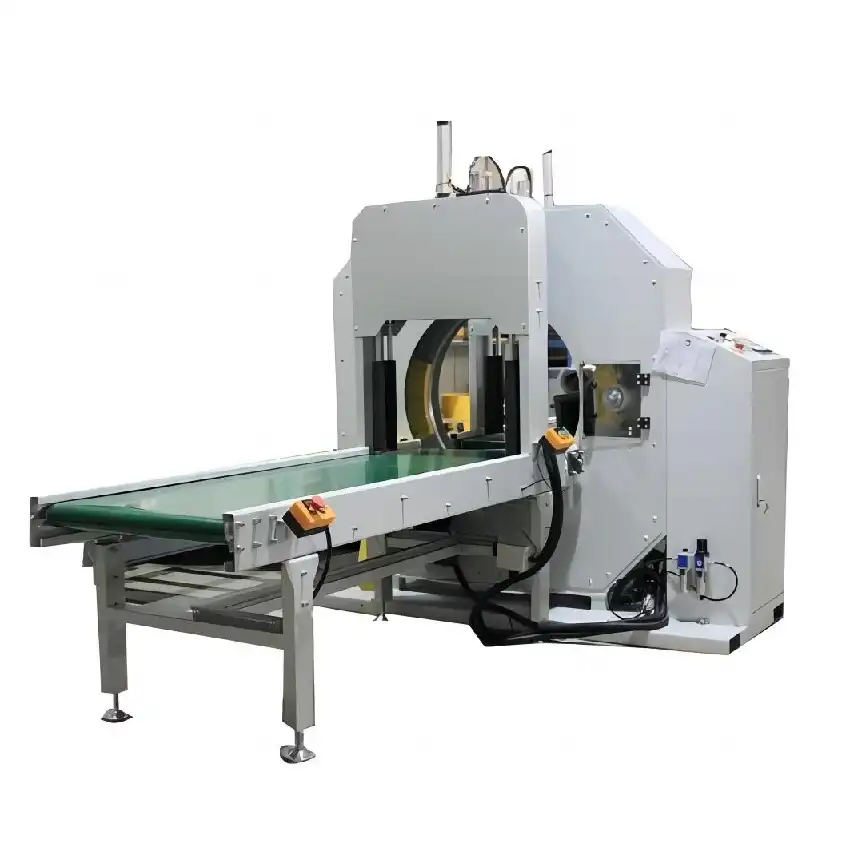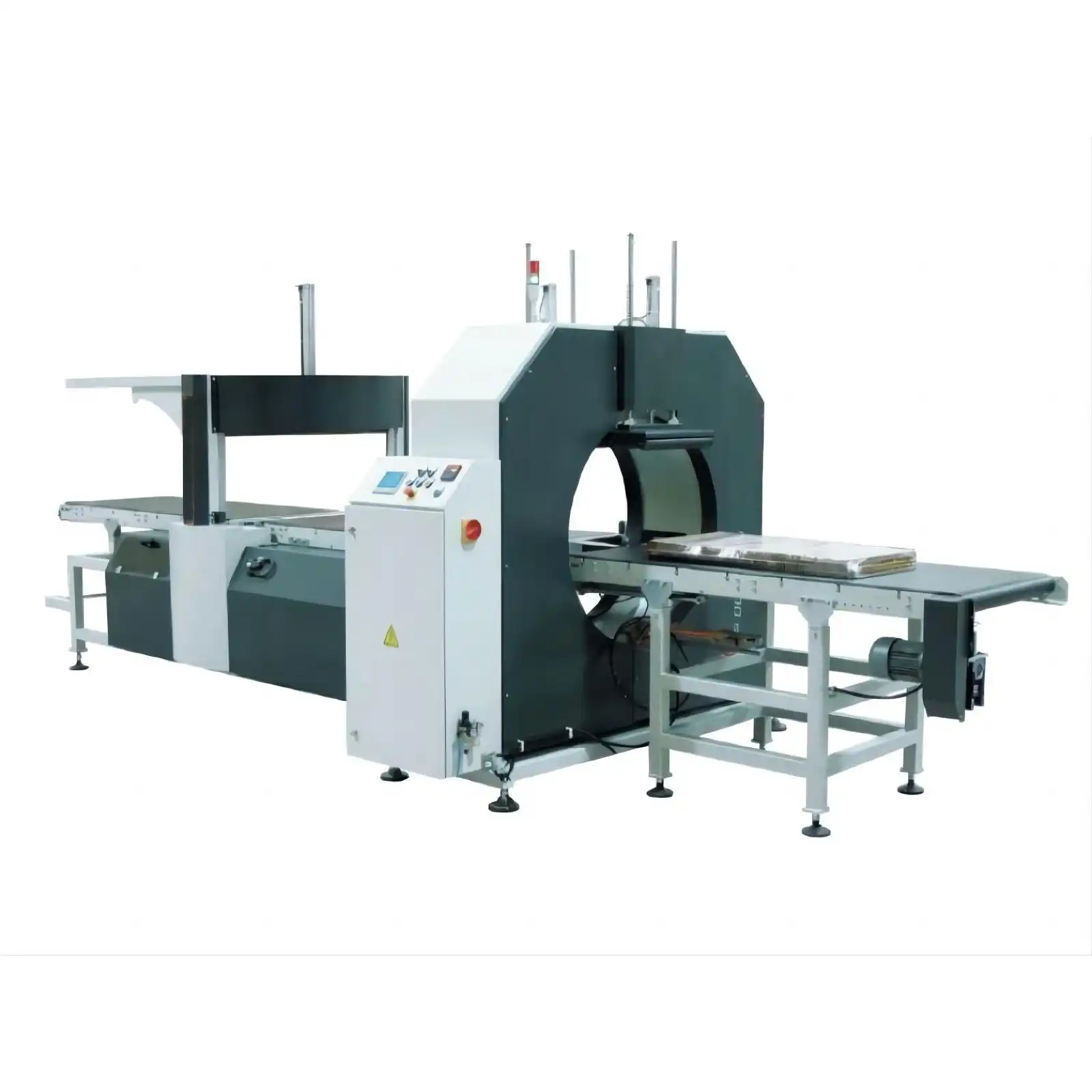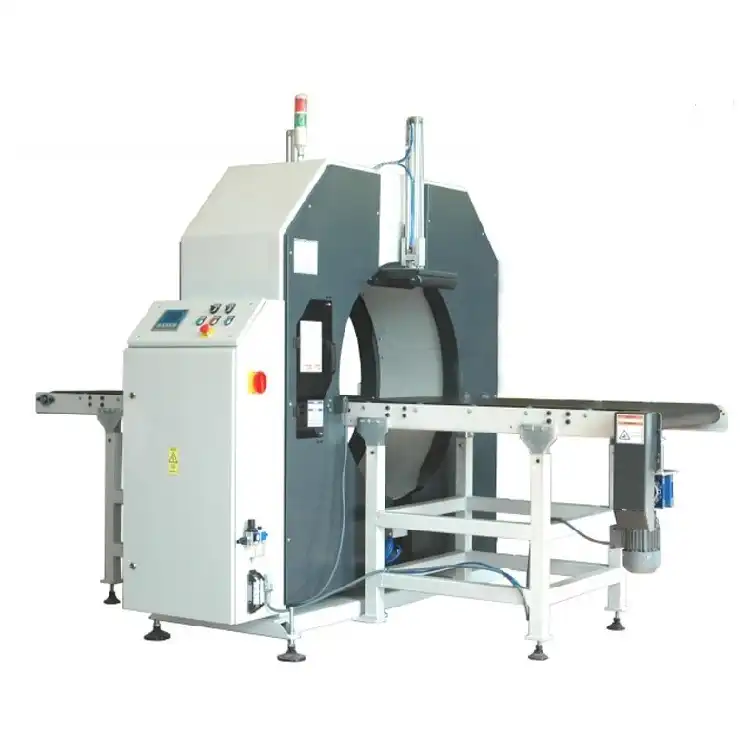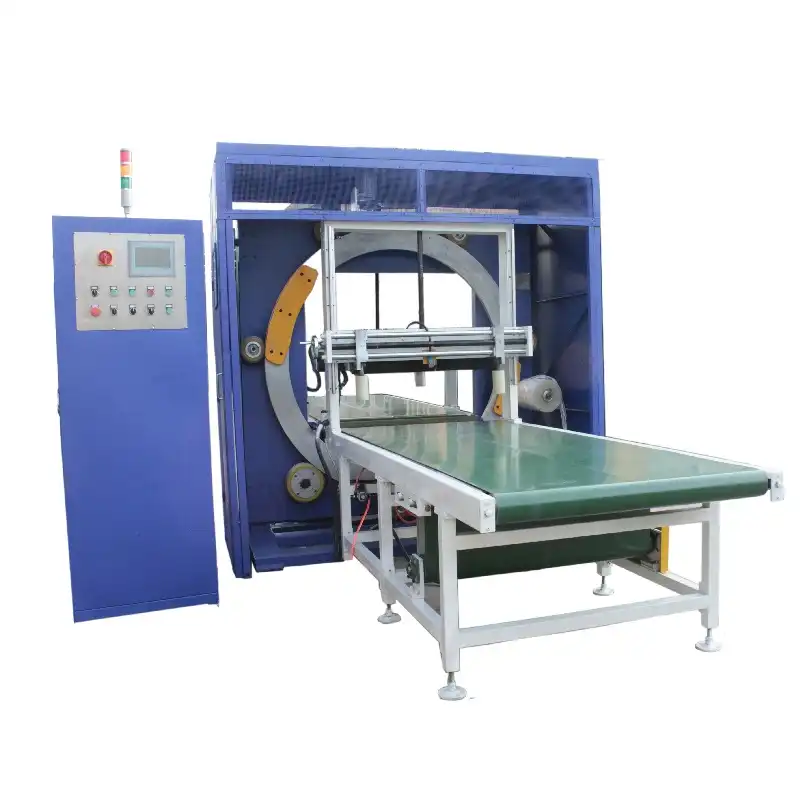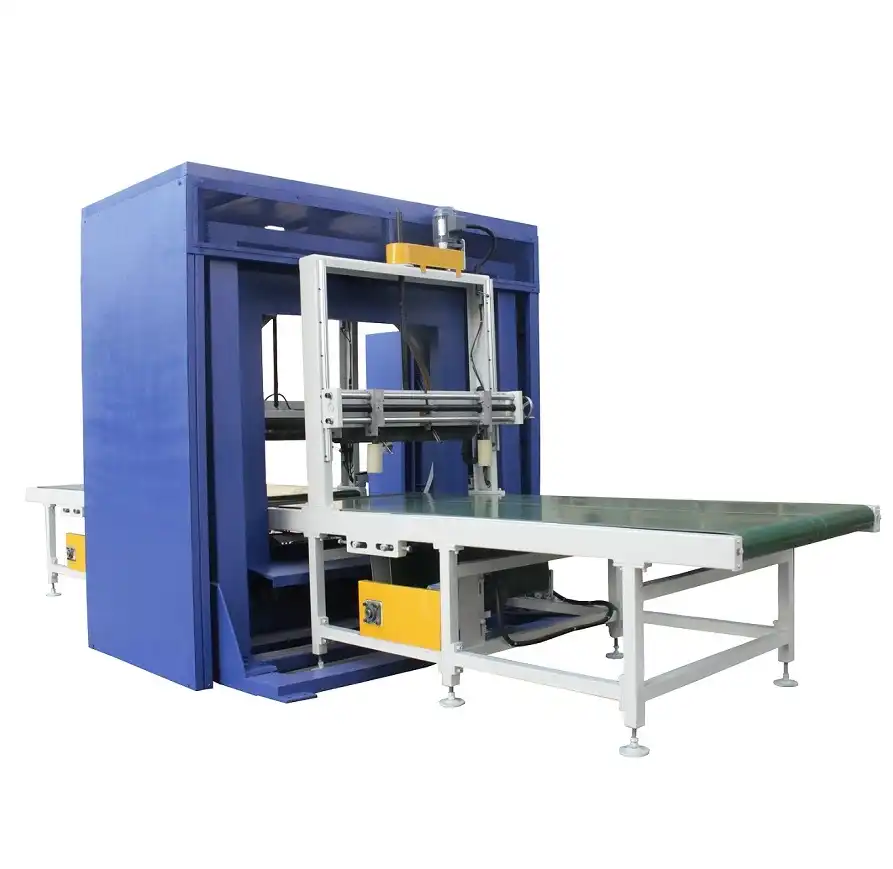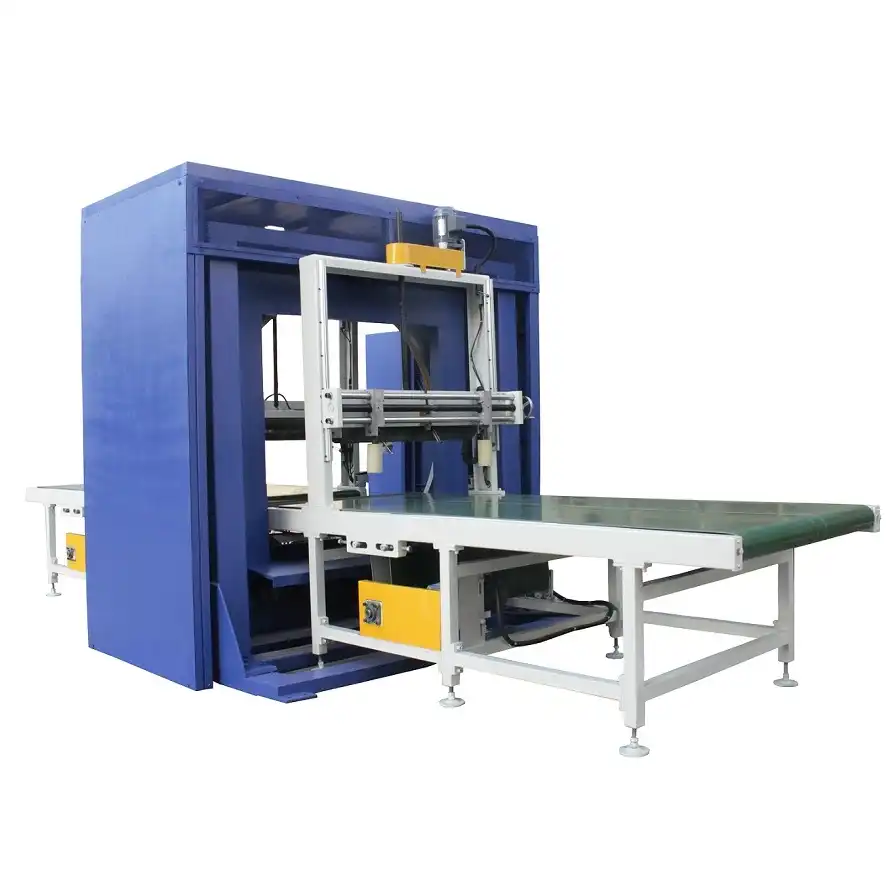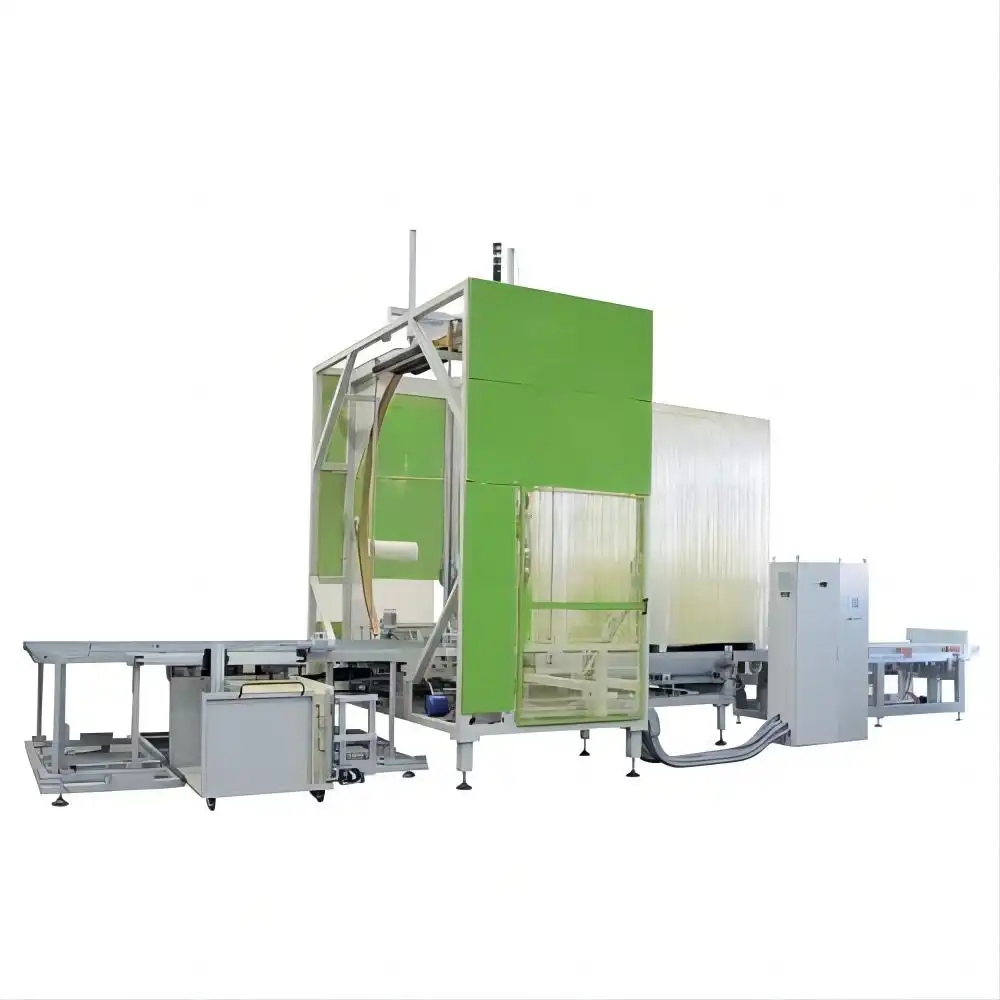Budget-Friendly vs. Premium Orbital Stretch Wrap Machine for Sale: Which Offers Better Value?
When it comes to choosing an orbital stretch wrap machine, many businesses find themselves at a crossroads: should they opt for a budget-friendly option or invest in a premium model? Both categories of machines have their own merits, and the best choice often depends on a company’s unique needs. This guide will help you navigate this decision by comparing the features, benefits, and long-term value of each type.
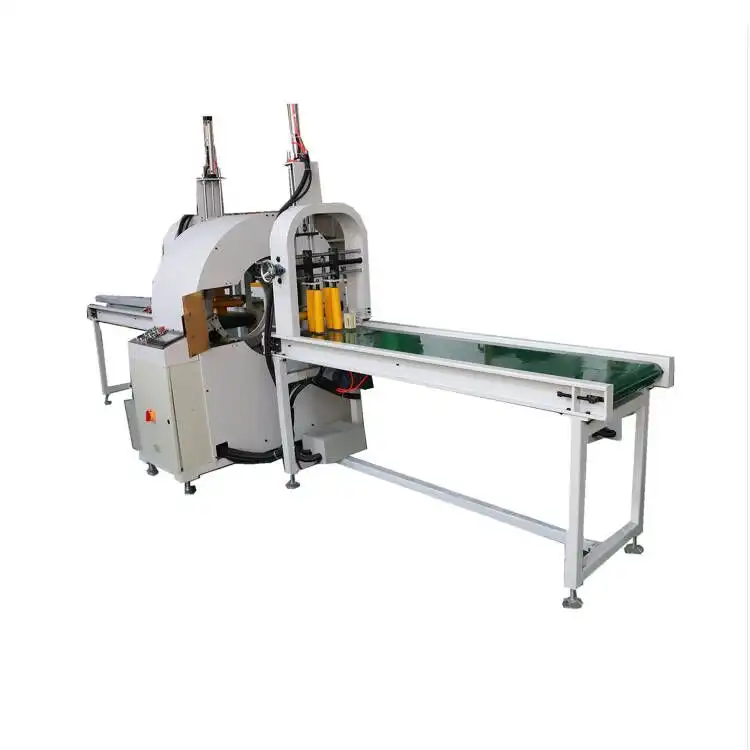
1. Understanding Orbital Stretch Wrap Machines
Before diving into the comparison, it’s essential to understand the basic function of an orbital stretch wrap machine. This equipment is designed to wrap goods—typically large, awkwardly shaped items—by rotating the product through a vertical or horizontal ring while stretch film is applied. The machine improves packaging efficiency, enhances product protection during transit, and reduces labor costs.
2. Key Differences Between Budget-Friendly and Premium Models
While both budget and premium models perform the same core function, they differ significantly in terms of features, construction quality, automation levels, and price points. Let’s explore these differences in more detail.
-
Budget-Friendly Machines typically offer the basic wrapping capabilities, focusing on cost-efficiency and essential performance.
-
Premium Machines, on the other hand, come with advanced features, higher durability, and better customization options.
3. Price Comparison: Initial Investment vs. Long-Term Costs
At first glance, the most obvious distinction between budget and premium models is their upfront cost. Budget-friendly orbital stretch wrap machines are far more affordable, which can be appealing to companies working with limited capital. However, the premium models might prove more cost-effective in the long run due to their enhanced durability, lower maintenance needs, and greater efficiency.
Long-term value comes from factors like energy efficiency, longer operational lifetimes, and reduced downtime. For example, premium models may include automatic film tension control, reducing the need for constant manual adjustments and ensuring optimal film usage, which could lower material costs over time.
4. Durability and Build Quality: Cheap vs. Sturdy
One of the main reasons premium machines carry a higher price tag is their superior build quality. Premium orbital stretch wrap machines are typically constructed using more durable materials, often featuring stainless steel components and enhanced engineering to withstand heavy-duty usage. In contrast, budget-friendly models might be built with less robust materials, making them more prone to wear and tear over time.
For businesses with high throughput, the difference in durability is critical. Frequent breakdowns with a budget model can lead to costly downtime, negatively impacting production schedules. On the other hand, a premium machine is likely to last longer and endure continuous operations without frequent repairs.
5. Features and Automation: What Are You Paying For?
Another key difference between budget and premium models lies in the range of features and automation levels. Budget-friendly machines tend to offer fewer automation capabilities, which might require more manual intervention from operators. These machines may lack advanced features such as automatic film cutting, auto-diagnostics, and remote control.
In contrast, premium machines often come with a host of automation features that reduce manual labor, improve speed, and minimize errors. Some premium models even feature IoT integration, allowing remote monitoring and real-time diagnostics that help prevent malfunctions before they lead to costly downtime.
6. Customization and Flexibility
When it comes to customization, premium models often allow businesses to tailor their orbital stretch wrap machine to their specific needs. This could involve adjusting the ring size to accommodate larger products, adding extra film layers, or integrating with other packaging equipment. Budget-friendly models, while effective for basic operations, usually offer less flexibility in this regard.
For companies dealing with a wide variety of products, the ability to customize the wrapping process can greatly improve operational efficiency and reduce product damage during transportation.
7. Speed and Efficiency: Does Paying More Boost Productivity?
Speed is a critical factor for businesses with high production volumes. Premium orbital stretch wrap machines are typically much faster, thanks to their higher automation levels and more advanced technology. This increased speed doesn’t just save time—it also translates into cost savings by wrapping more products in less time and reducing labor needs.
Budget-friendly models, while capable of meeting basic production demands, might struggle to keep up with the output required for high-volume operations. The lower speed may lead to bottlenecks in production, reducing overall efficiency.
8. Maintenance Requirements: Lower Upfront Cost, Higher Long-Term Expense?
One important factor often overlooked is maintenance costs. Budget-friendly machines might seem like a great deal at first, but they often come with higher maintenance requirements due to their lower-quality components. Frequent repairs and part replacements can add up quickly, erasing the initial savings you gained from choosing a cheaper model.
On the other hand, premium machines are designed for longevity. Their higher-quality materials and superior engineering lead to fewer breakdowns and longer intervals between maintenance, helping you save money in the long run.
9. User Experience and Training
One of the key differences between budget and premium models is how easy they are to operate. Budget-friendly orbital stretch wrap machines often require more manual adjustments and operator intervention, which can increase the need for training and reduce operational efficiency.
In contrast, premium machines tend to be more user-friendly, featuring intuitive interfaces, touchscreen controls, and automated settings that simplify operation. This can reduce the learning curve for operators and improve overall productivity.
10. Energy Efficiency: A Green Perspective
Another critical factor to consider is energy consumption. Premium models are often more energy-efficient, thanks to their optimized motors and advanced controls. Over time, this energy efficiency can significantly reduce operational costs, especially for businesses running machines for extended periods.
On the other hand, budget-friendly machines might consume more electricity, leading to higher energy bills. This is an important consideration for companies looking to reduce their environmental impact and lower long-term operational expenses.
Conclusion
Ultimately, the decision between a budget-friendly and a premium orbital stretch wrap machine comes down to your company’s specific needs, long-term goals, and budget. While budget-friendly models offer an attractive upfront price, they may come with hidden costs related to maintenance, downtime, and limited features. On the other hand, premium machines provide superior performance, better durability, and enhanced automation features that can significantly improve your operational efficiency and reduce long-term costs.
For businesses with high-volume operations or a focus on long-term value, investing in a premium orbital stretch wrap machine is often the smarter choice. However, for smaller companies or those with more limited packaging needs, a budget-friendly machine can still provide reliable service at a lower cost. Carefully weighing your options based on the factors discussed in this guide will ensure you select the machine that offers the best value for your business.
